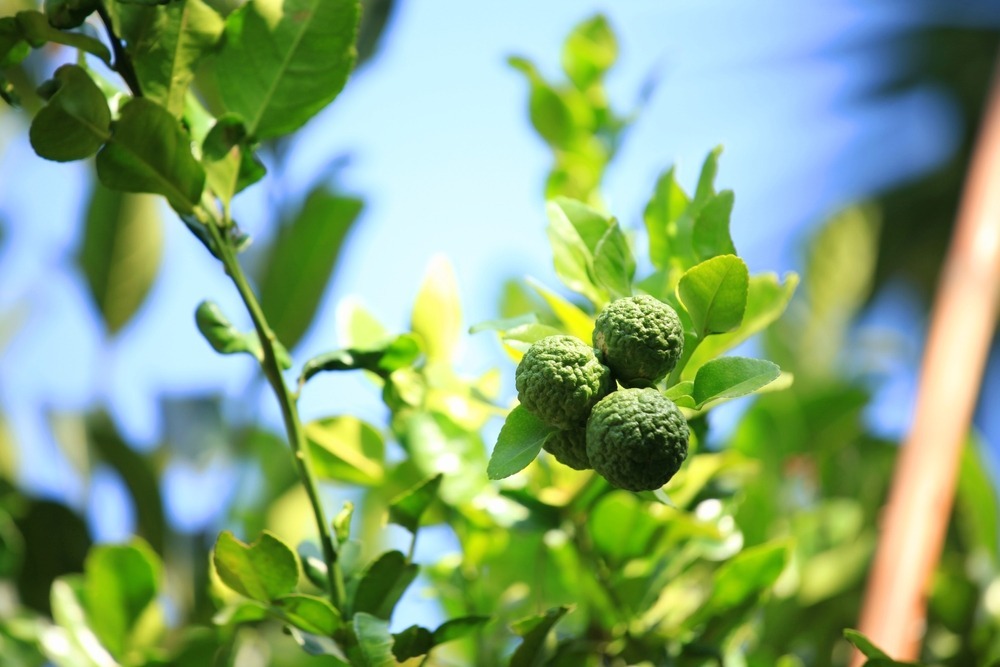
"Mastering Lemon Propagation: Step-by-Step Instructions for Growing from Leaf Cuttings"
The lemon tree, scientifically known as Citrus limon, originates from India and is an evergreen plant known for its ability to produce flowers and fruits multiple times throughout the year. With its elliptical shape, vibrant yellow hue, and distinctive umbone or tip, the lemon is a staple in various culinary dishes, adding a burst of flavor to salads and other recipes.
The thick peel of the lemon contains fragrant oils within its glands, enhancing its versatility. Growing lemons in your garden can be a rewarding experience, and we’re here to show you how to propagate new lemon trees from leaf cuttings. Keep reading to learn about this popular and effective method of propagation.

Propagating a lemon plant from leaf cuttings is a widely embraced and reliable method. Unlike seed sowing, which can be time-consuming and sometimes ineffective, using cuttings ensures that the new plant is identical to the original. To get started, you’ll need to obtain a lemon branch around March, during the pruning season, making sure it’s still green and about 20 centimeters long.
Before making the cut, check the branch for multiple buds and make sure to disinfect the knife you’ll be using. The cut should be made at a slight angle. Next, take a plastic bottle and cut about 12 centimeters from the bottom, then fill it with water. Disinfect the cut end of the cutting with a garlic clove before placing it in the water.
Allow the cutting to remain in the water for at least two months, observing the development of small roots. After this period, change the water and let the cutting sit for another two months, during which you’ll see new leaves emerge with vibrant colors. Around four to five months into the process, you can proceed to plant the lemon in a pot.
When planting, choose a pot with damp soil, create a hole in the center, and place the cutting with its roots into the hole. Over time, the plant will grow, gradually becoming a larger specimen.
However, be sure to provide proper care and attention, especially during the initial stages, as young seedlings require delicate treatment. Below are some additional tips to ensure the success of your lemon plant. And remember to transplant the lemon into a larger pot when it outgrows its current one, typically around a year into its growth.
Practice this Steps
Step 1: Selecting the Right Branch The first step in propagating a lemon plant from leaf cuttings is to select a suitable branch. It’s best to do this during the pruning season, typically in March. Look for a healthy, green branch that is approximately 20 centimeters long. Ensure the branch has multiple buds, as this will increase the chances of successful propagation.
Step 2: Preparing the Cutting Before making the cut, disinfect the knife you’ll be using to prevent the spread of disease. Make a clean, angled cut on the selected branch, ensuring it is free from any damage or disease. This will help promote healthy root growth once the cutting is placed in water.
Step 3: Setting Up the Water Propagation Next, prepare a container for water propagation. Cut about 12 centimeters from the bottom of a plastic bottle and fill it with water. Before placing the cutting in the water, disinfect the cut end with a garlic clove. This will help prevent any bacterial or fungal infections and promote healthy root development.
Step 4: Allowing Root Development Place the cutting in the water-filled container and place it in a warm, sunny spot. Allow the cutting to sit in the water for at least two months, checking regularly for the development of small roots. Once roots have begun to form, change the water and continue to monitor the cutting for another two months. During this time, you’ll begin to see new leaves emerge from the cutting.
Step 5: Planting the Cutting After four to five months of water propagation, your cutting should be ready to be planted in soil. Select a pot with damp soil and create a hole in the center. Carefully place the cutting with its roots into the hole, ensuring it is securely positioned. Water the cutting thoroughly and place it in a warm, sunny location.
Step 6: Caring for Your Lemon Plant Once planted, it’s important to provide proper care and attention to your newly propagated lemon plant. Ensure it receives adequate water, sunlight, and nutrients to support healthy growth. Monitor the plant for any signs of pests or disease and take prompt action if needed. As the plant grows, consider transplanting it into a larger pot to accommodate its increasing size.

"Essential Care Tips for Your Lemon Plant"
“In the initial years, prioritize irrigation and mulching to promote the health and growth of your lemon plant. Providing sufficient water is essential, with lemon trees typically needing between 20 and 60 cubic meters of water. Maintain consistent watering, especially during flowering and fruiting stages, to prevent water stress.
Mulching plays a crucial role in protecting the plant’s root system from invasive weeds, which can compete for water and nutrients, jeopardizing the lemon tree’s health. Apply a layer of straw and bark, along with natural fertilizer, to create an ideal environment for your growing lemon plant.”

Share via:
